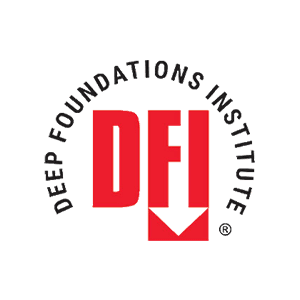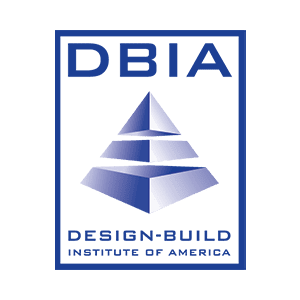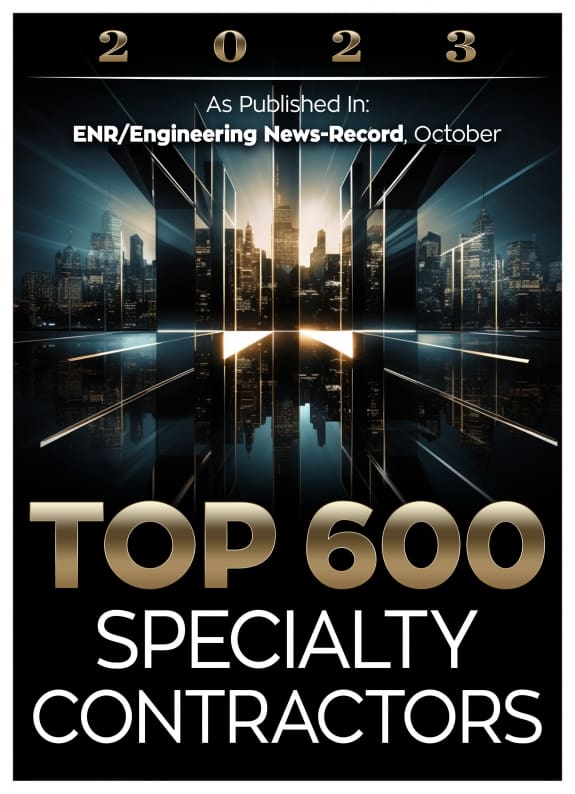Need a seasoned speaker for your next geotechnical meeting, lunch and learn, or civil engineering course or seminar?
Request Chris Woods, P.E., G.E., BC.GE, CEng MIEI, LEED AP BD+C, F.ASCE, Vice President of Densification, Inc. present at your next event!

About the speaker:
Chris is a licensed Professional Engineer in over 25 states, a licensed Geotechnical Engineer in California and Oregon, a Chartered Engineer in the Republic of Ireland, and serves as the lead geotechnical engineer for Densification, Inc., among other roles.
Prior to joining Densification, Inc., Chris spent almost 14 years as a geotechnical consultant with Langan Engineering and Environmental Services, practicing up and down the East Coast, particularly within New Jersey, New York, Pennsylvania, Connecticut, Massachusetts, Virginia, and North Carolina.
Chris earned his Bachelor of Science in Civil Engineering Degree from Purdue University and his Master’s Degree in Geotechnical Engineering from Virginia Tech. Chris also serves as an editor for the leading U.S. geotechnical publication, GEOSTRATA, is a Board Member for the Academy of Geoprofessionals, and is an active member in the Deep Foundations Institute, the Geo Institute, and the Center for Geotechnical Practice and Research (CGPR) at Virginia Tech.

About the speaker:
Chris is a licensed Professional Engineer in over 25 states, a licensed Geotechnical Engineer in California and Oregon, a Chartered Engineer in the Republic of Ireland, and serves as the lead geotechnical engineer for Densification, Inc., among other roles.
Prior to joining Densification, Inc., Chris spent almost 14 years as a geotechnical consultant with Langan Engineering and Environmental Services, practicing up and down the East Coast, particularly within New Jersey, New York, Pennsylvania, Connecticut, Massachusetts, Virginia, and North Carolina.
Chris earned his Bachelor of Science in Civil Engineering Degree from Purdue University and his Master’s Degree in Geotechnical Engineering from Virginia Tech. Chris also serves as an editor for the leading U.S. geotechnical publication, GEOSTRATA, is a Board Member for the Academy of Geoprofessionals, and is an active member in the Deep Foundations Institute, the Geo Institute, and the Center for Geotechnical Practice and Research (CGPR) at Virginia Tech.
Topics
Personal Development Hours (PDH) available for all topics.
Dynamic Compaction:
A Proven Ground Improvement Alternative for Landfill Materials
During the past 40 years, ground improvement has become an important tool for the geotechnical community, as the number of sites with suitable bearing soils become fewer and farther between.
Dynamic compaction is a ground improvement technique that has been used to improve in-place landfill materials to a point where vertical construction can proceed without excessive long-term settlements.
In this presentation, see three case studies demonstrating how a dynamic compaction program can be an effective viable alternative to improve fill soils, enabling contractors to design and construct new developments within budget and on time.

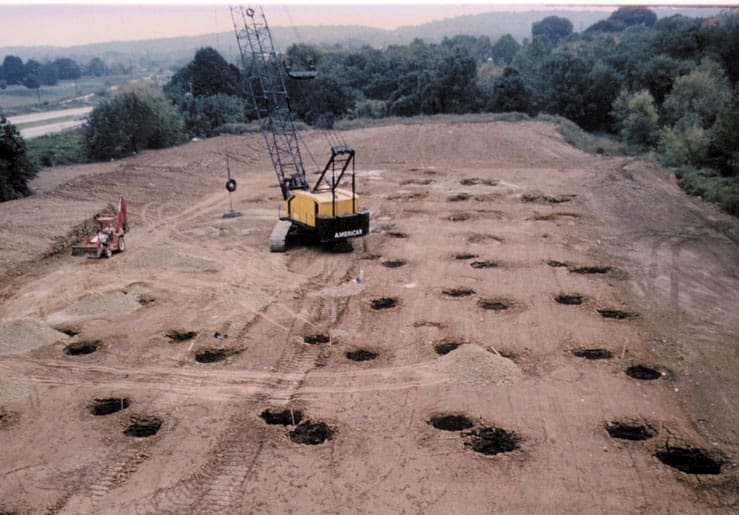
Ground Improvement: Is Dynamic Compaction an Option for My Site?
Founded by Louis Menard in 1970, dynamic compaction has become one of the most versatile and cost-effective methods of ground improvement in the United States. This presentation provides a brief history of ground improvement, the design and implementation of a dynamic compaction program, and case studies of several project sites where Densification, Inc., has successfully implemented a dynamic compaction program.
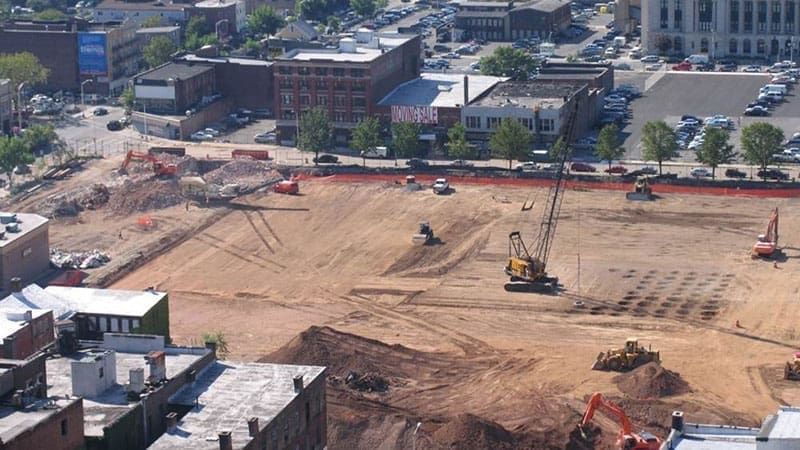
Ground Improvement: Is Dynamic Compaction an Option for My Site?
Founded by Louis Menard in 1970, dynamic compaction has become one of the most versatile and cost-effective methods of ground improvement in the United States. This presentation provides a brief history of ground improvement, the design and implementation of a dynamic compaction program, and case studies of several project sites where Densification, Inc., has successfully implemented a dynamic compaction program.
Ground Improvement 101: A Discussion on the Basics of Ground Improvement in Foundation Design
The presentation provides an introduction to various forms of ground improvement of poor soils, specifically as it relates to design of shallow foundation systems. We will discuss various types of improvement and their applicability to various soil types (i.e. organic soils, soft clays, miscellaneous fill, loose sands, etc.). We give special focus to long-term post-construction settlement issues requiring consideration in foundation and structural design based on the chosen method of improvement. Discussion of these methods will include improvement types such as aggregate piers, surcharging (with and without wick drains), dynamic compaction, grouting, rigid inclusion, as well as other ground modification techniques.
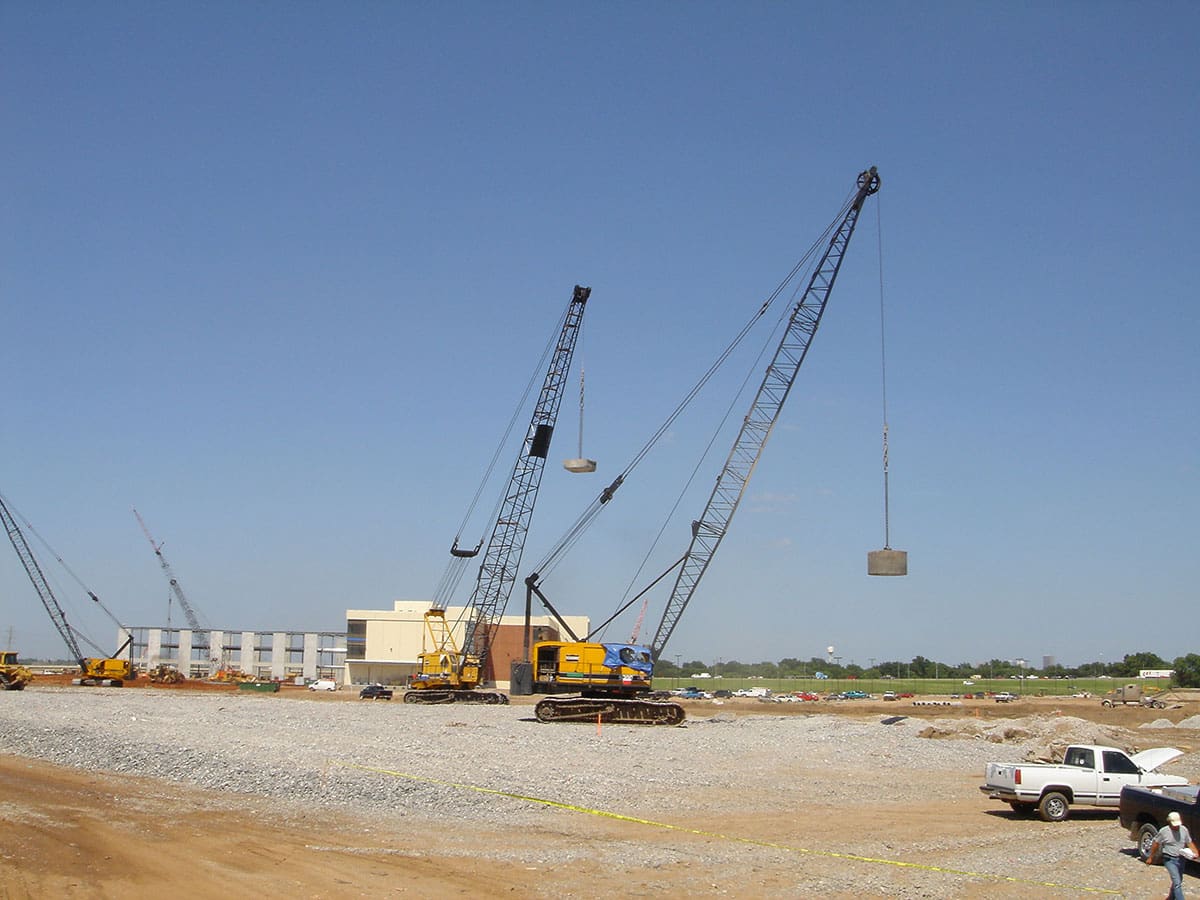
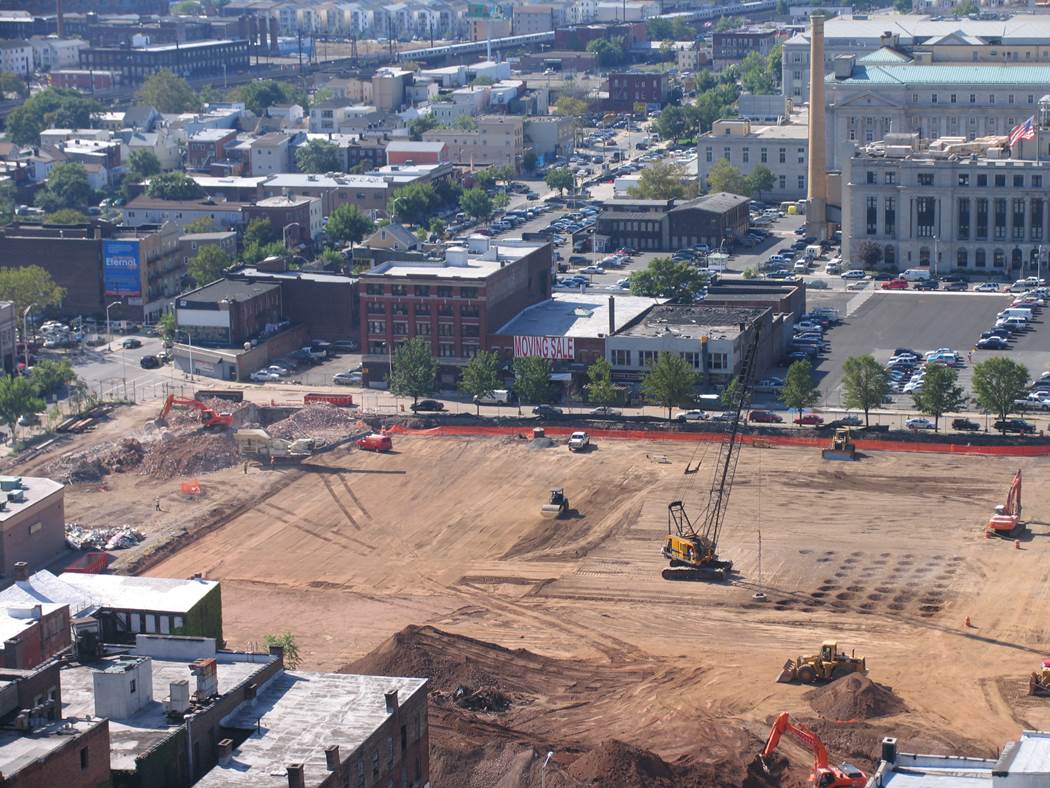
Building the Devil’s Playground: How a Ground Improvement Program Eliminated the Need for Pile Foundations
The dream to bring New Jersey Devils hockey to the largest city in New Jersey became a reality in the summer of 2005 when construction began of the Prudential Center in downtown Newark.
The design team was required to develop potential foundation systems for the arena. After several foundation concepts and cost estimates were evaluated, the decision was made to support the arena on spread footings following the completion of a multi-phased ground improvement program. The ground improvement program consisted of a combination of dynamic compaction and removal and replacement techniques.
This presentation focuses on the geotechnical-related aspects of design, from the investigation to foundation design, and will present the results of the test section and summarize the foundation construction. We will include a discussion of the complications associated with the site history and remedial measures necessary to prepare the site for construction.

Building the Devil’s Playground: How a Ground Improvement Program Eliminated the Need for Pile Foundations
The dream to bring New Jersey Devils hockey to the largest city in New Jersey became a reality in the summer of 2005 when construction began of the Prudential Center in downtown Newark.
The design team was required to develop potential foundation systems for the arena. After several foundation concepts and cost estimates were evaluated, the decision was made to support the arena on spread footings following the completion of a multi-phased ground improvement program. The ground improvement program consisted of a combination of dynamic compaction and removal and replacement techniques.
This presentation focuses on the geotechnical-related aspects of design, from the investigation to foundation design, and will present the results of the test section and summarize the foundation construction. We will include a discussion of the complications associated with the site history and remedial measures necessary to prepare the site for construction.
Ground Improvement on Strip-Mined Sites: Using Dynamic Compaction to Remediate Mine Spoils
Dynamic compaction is a ground improvement technique that can effectively remediate mine spoil on old or existing mine sites. This presentation explores the use of dynamic compaction to improve ground conditions on mined sites. It begins with an overview of mine spoils—loose, heterogeneous byproducts of surface mining—and the challenges they present for development.
We will also discuss the principles of dynamic compaction, including design parameters, equipment, and field implementation. The session concludes with key observations and lessons learned from over 80 dynamic compaction case histories across the United States, highlighting performance outcomes, common challenges, and best practices for treating mine spoils using this cost-effective ground improvement technique.
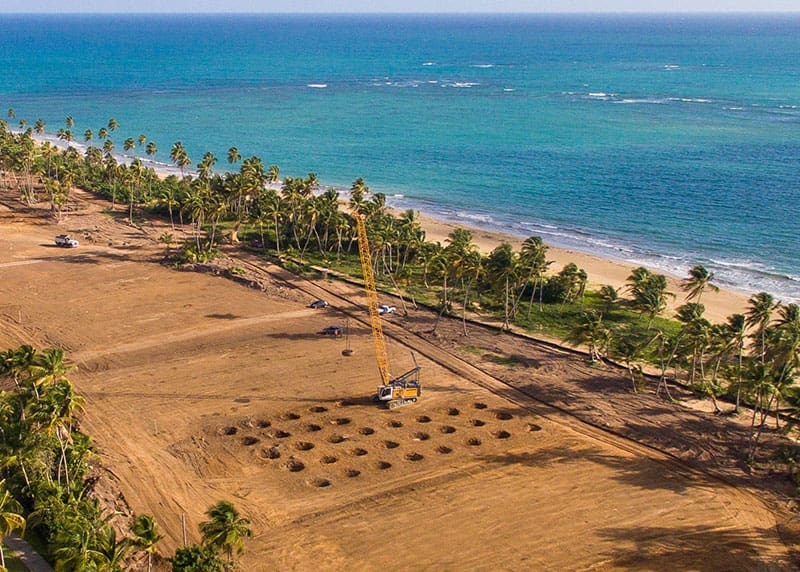
Speakers Request Form
Trusted Partners
Densification, Inc. is a proud member of the following industry-related organizations:
Densification, Inc. is a proud member of the following industry-related organizations:



